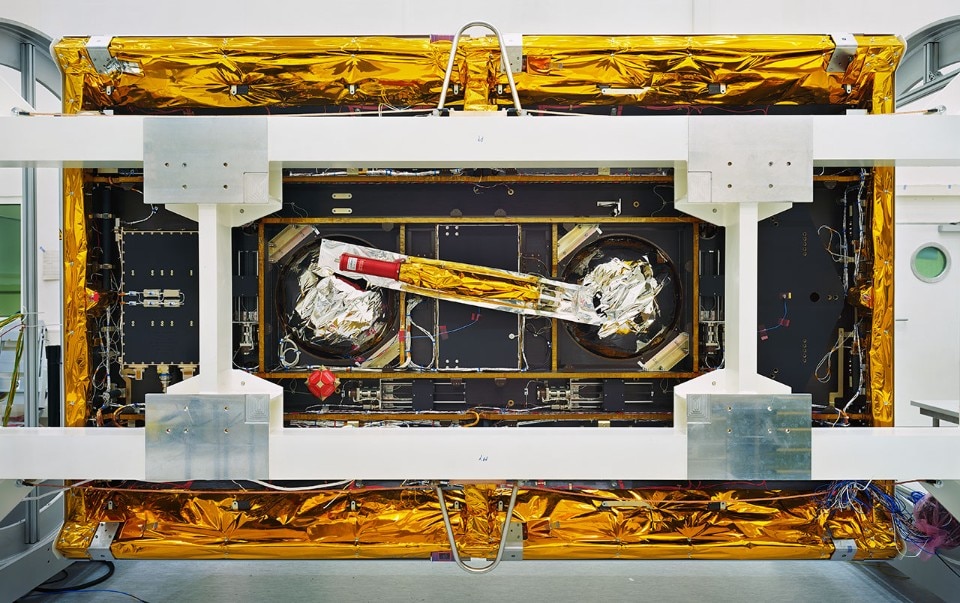This article was originally published on Domus 1045, April 2020.
This month’s agenda specifically considers the role of design and designers. Intended to coincide with Design Week in Milan (now postponed owing to the Covid-19 outbreak), it is an opportunity to celebrate and reflect on the role of design in light of the environmental and social challenges that confront us. The celebrated annual event is both impressive and concerning, a Tower of Babel brimming with ingenuity and design, and staggering in its dimensions. By now we are all quite familiar with the criticism that, as our economic system has grown increasingly dependent on fostering consumption, the role of design has become more explicitly engaged with the confusing responsibilities of marketing potential, rather than the independent pursuit of an idea. Emphasis is placed on desirability as the measure of quality but this endless pursuit of growth is distracting our talent, expending unreasonable resources and killing the planet. Surely, continues the argument, “good” design wants to solve problems not contribute to them.
Last year, the centenary of the Bauhaus school in Weimar, Germany, encouraged us to reflect on a time when design carried such expectations and believed in its potential to encourage change. The school and its influence on what was to develop into the International Style still shapes our ideas today. Aligning design with changes in politics, industry and production – based on both formal and ethical concerns – was seen as a reflection of (and a stimulus for) a new society. Designers enjoyed the relationship with engineering and technology, releasing their discipline from the purely aesthetic and wilful indulgence in style, and allowing them instead to establish a more prominent status through social and industrial engagement. Gio Ponti, albeit not convinced by the radical ambitions of the International Style, declared that “industry is the style of the 20th century, its mode of creation.”
Once again, we must fundamentally question the role and capacity of design in our world.
Once again, we must fundamentally question the role and capacity of design in our world. Realistically or not, we want design to find more purpose as an agency of investigation rather than see it hopelessly complicit in the world of luxury products and the leveraging of commercial value. Even the idea of high-quality normality has been absorbed into the sophisticated narratives of consumerism. The moralistic tones of gute Form and designers like Max Bill seem a distant memory. Yet it remains difficult to release ourselves from the optimistic idea that design should improve our quality of life.
The current situation is complex and not without contradiction. As with architecture, the role of design is largely defined by its physical manifestations, the creation of new things. However, design seems to have another power beyond its actuality, that is its focus and aspirations. We might reflect on how much design has really changed the way we live and how much it shapes the way we imagine living, giving form to values, ideas and desires that cannot be expressed through other means. In this, design straddles the two worlds of the physical and the aspirational, the very qualities that have made it so useful to the world of consumerist objects.
As with most things, however, there is both a reality and an expression, which are both subject to discourse. While design in the 20th century found its purpose though coupling with new technologies, production and distribution, we must surely now redefine ourselves through an alliance with sustainability concerns to maintain relevance, or even existence.
With this new ecologically framed purpose comes an inevitable migration away from products towards process, recasting the act of designing as the measure rather than the result. However, in our desire to be responsible we must not forget all that design can be. Designed objects are embedded in all aspects of our lives and the pursuit of beauty through designing and making has been part of the process of civilisation, whether for the exclusive or the everyday. This search for satisfaction in objects can be traced back to our first primitive impulses; objects of daily rituals often record our commonly shared values and pleasures more immediately than works of art.
Realistically or not, we want design to find more purpose as an agency of investigation rather than see it hopelessly complicit in the world of luxury products and the leveraging of commercial value.
It is clear that we cannot give a single, simple purpose to design, or redirect the resources and priorities of the territory as if it were a science. The value of design is that it can represent desires and ambitions, not just fulfil a function or a neat solution, and its relevance depends on where it realises itself. Isolating the authority of design to those areas where it is applied to explicit social or environmental purpose risks undermining its dynamism and its valued dimension in our everyday lives. We need the useless beauty of things as much as we need solutions without form. Surely, then, the power resides in giving relevance and care to how things are made, and the expression of what could be made. As designers, we need to guard our independence, our ability to be deeply engaged and to experiment or intervene autonomously. We must strive to find value where others do not, to reconfigure systems of thought and production, to give importance to qualities that might be overlooked and to establish priorities where they might not exist. Without doubt we need to be less complicit in the concerns and priorities of consumerism but above all we need to seek beauty, to cherish it, to protect it and to give it form wherever we can find it.
Opening image: Thomas Struth, GRACE-Follow-On, bottom view, IABG, Ottobrunn 2017. Inkjet print, 135 x 214.8 cm (139.7 x 219.4 cm framed). © Thomas Struth


